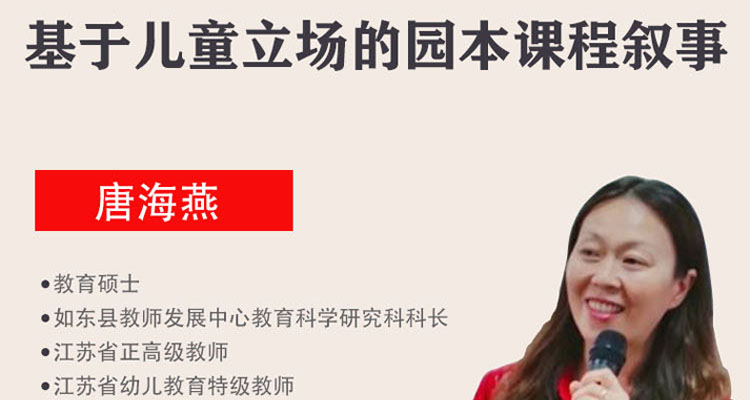参考文献:
〔1〕苏余芬,刘丽薇.学前儿童教育支出与家庭背景:基于中国家庭追踪调查的证据〔J〕.北京大学教育评论,2020,18(3):86-103.
〔2〕SABINO K,LEAH R,TRUDE L.Spending on children across four countries:Variation in the role of income and women’s labor force participation〔J〕.Social Politics:International Studies in Gender,State & Society,2019(3):3.
〔3〕张子尧.公共教育支出对家庭教育支出的影响及其城乡差异〔D〕.厦门:厦门大学,2018.
〔4〕袁诚,张磊,曾颖.地方教育投入对城镇家庭教育支出行为的影响:对我国城镇家庭动态重复截面数据的一个估计〔J〕.经济学动态,2013(3):29-35.
〔5〕刘焱,宋妍萍.我国城市3—6岁儿童家庭学前教育消费支出水平调查〔J〕.华中师范大学学报(人文社会科学版),2013,52(1):155-160.
〔6〕苏余芬,刘丽薇.学前儿童教育支出与家庭背景:基于中国家庭追踪调查的证据〔J〕.北京大学教育评论,2020,18(3):86-103.
〔7〕LORAH J. Effect size measures for multilevel models: Definition, interpretation, and timss example〔J〕.Large?scale Assessments in Education, 2018, 6(1):1-11.
〔8〕LUCAS S R.Effectively maintained inequality: Education transitions,track mobility, and social background effects〔J〕.American Journal of Sociology,2001,106(6):1642-1690.
〔9〕SANDRA L H,DOUGLAS A W.Price,quality,and income in child care choice〔J〕.The Journal of Human Resources,1992,27(1):70-111.
〔10〕李琳,张霞.农村学前教育普及中管理体制及其管理模式的地区适宜性决策:以四地农村个案调查为例〔J〕.教育学报,2016,12(5):97-105.
2022.6












